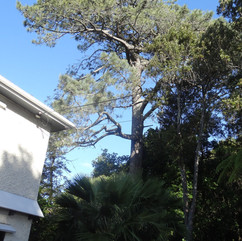The CEO of NPDC, Gareth Green, together with Chade Julie, Manager Venues & Events, and Conrad Pattison, Parks & Open Spaces Manager, will talk about the planning and logistics of events and future needs, in Brooklands Park particularly.
Members are invited to submit any questions they have by 13th May to guide the staff on our interests and to prepare for a discussion.
We suggest that questions may fit these broad categories:
i. The funding for Pukekura Park, with particular reference to events held in the Park. (CEO)
ii. The criteria for choosing events and the planning of events. (Manager Venues & Events)
iii. The maintenance and development of the Park, particularly with reference to events and the Park Management Plan (Parks & Open Spaces Manager).
To submit a question email: project@pukekura.org.nz
October Plant Sale

Now the rain has come, and our plants are happier, it’s time to start thinking about our October annual Plant Sale.
Please plant your cuttings, seedlings and look after them in preparation for the sale…….












































































